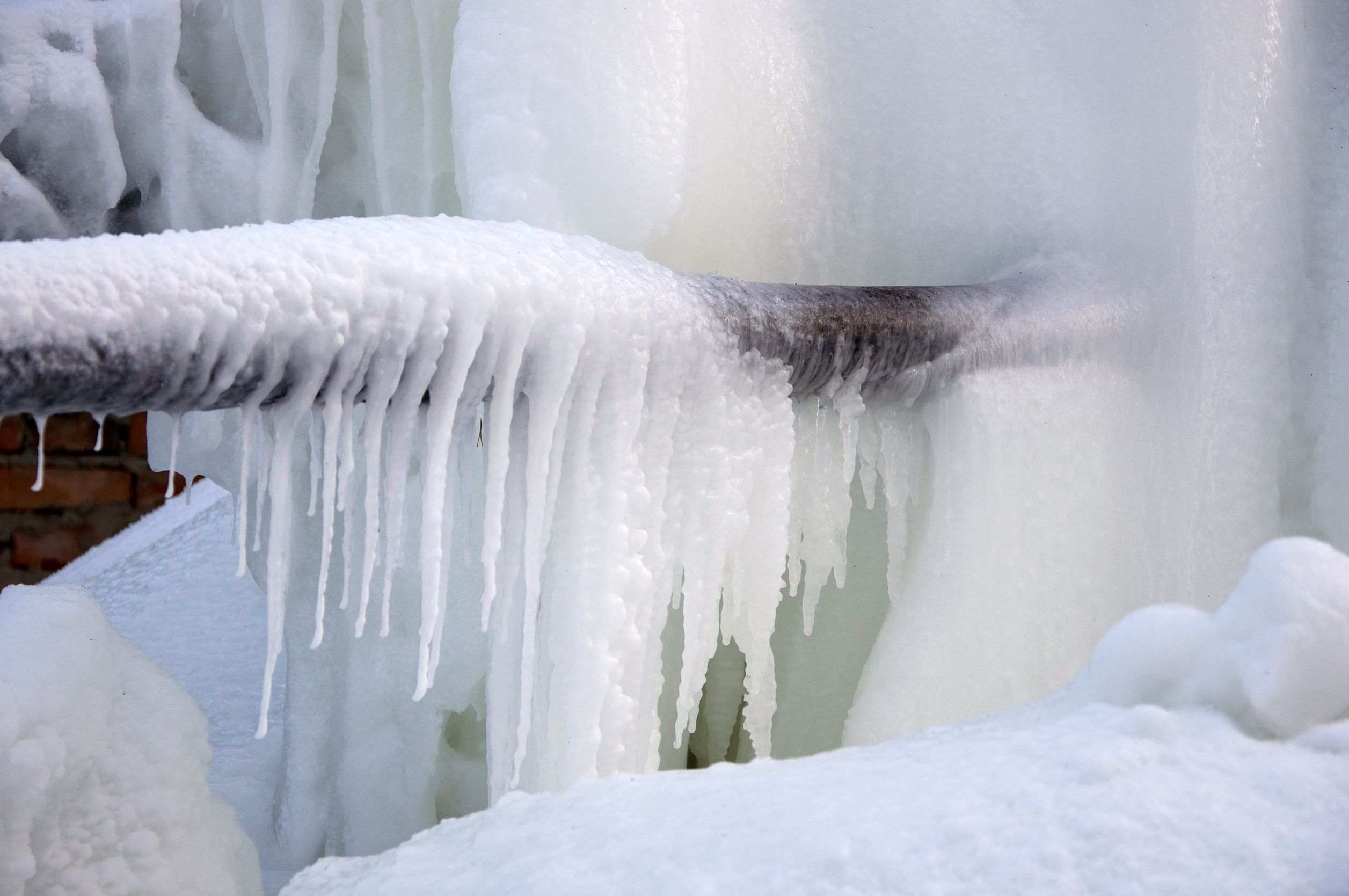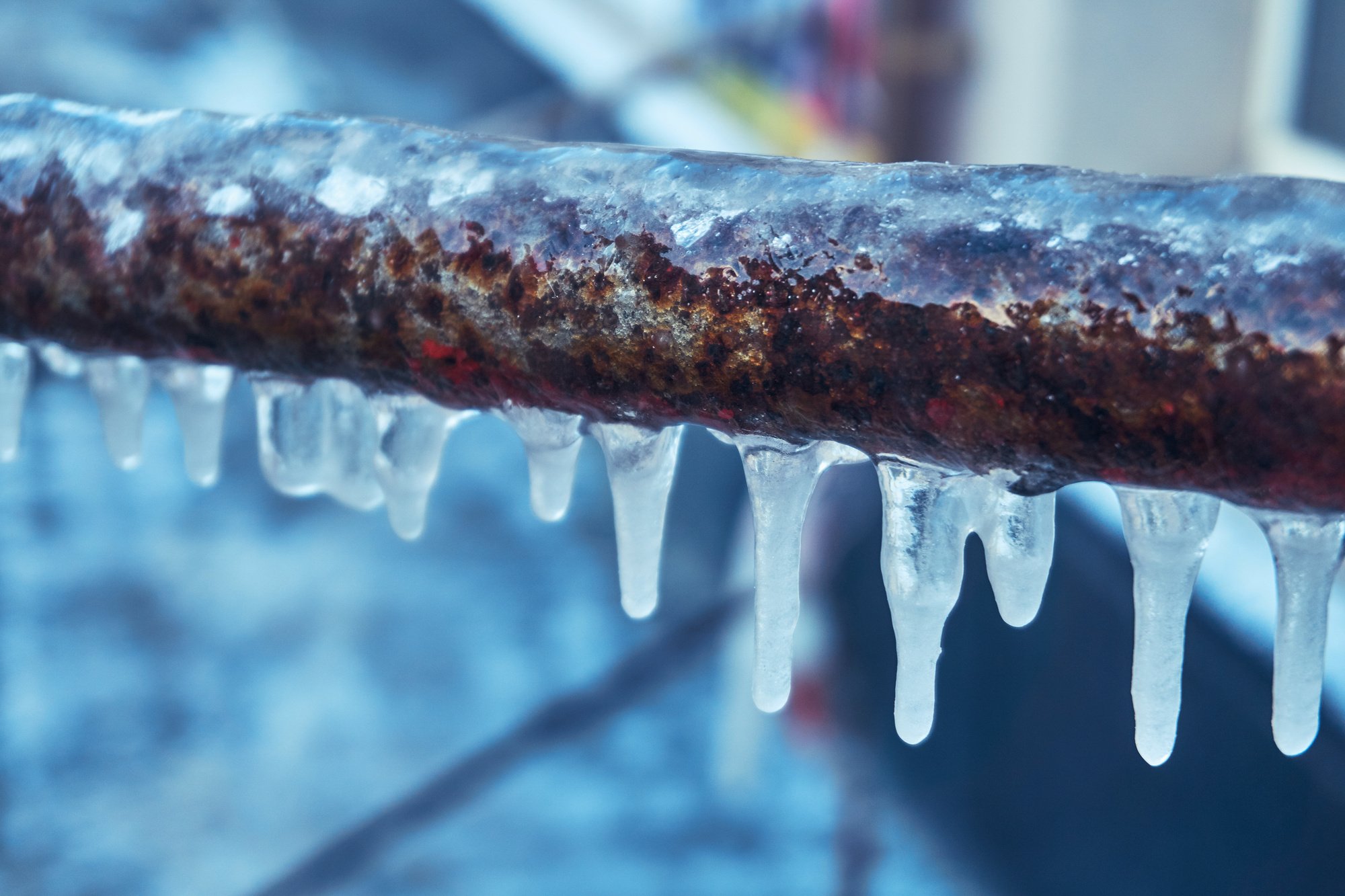They are making several good annotation about How To Avoid Freezing Pipes overall in this article directly below.

Cold weather can ruin your plumbing, specifically by freezing pipelines. Here's how to prevent it from taking place and what to do if it does.
Intro
As temperatures drop, the risk of frozen pipelines increases, possibly causing expensive repair work and water damages. Comprehending exactly how to stop frozen pipes is important for house owners in chilly environments.
Avoidance Tips
Insulating susceptible pipes
Cover pipelines in insulation sleeves or utilize warm tape to protect them from freezing temperatures. Focus on pipes in unheated or exterior areas of the home.
Heating techniques
Maintain interior areas effectively heated up, especially areas with plumbing. Open up cabinet doors to permit warm air to distribute around pipelines under sinks.
Just how to identify frozen pipes
Try to find lowered water flow from faucets, uncommon odors or sounds from pipes, and noticeable frost on subjected pipes.
Long-Term Solutions
Architectural modifications
Take into consideration rerouting pipelines far from outside wall surfaces or unheated locations. Include extra insulation to attic rooms, cellars, and crawl spaces.
Updating insulation
Purchase top notch insulation for pipes, attics, and walls. Correct insulation aids keep consistent temperatures and minimizes the risk of icy pipes.
Shielding Exterior Pipes
Yard hose pipes and exterior faucets
Disconnect and drain garden tubes prior to winter season. Set up frost-proof spigots or cover outdoor taps with shielded caps.
Comprehending Icy Pipes
What causes pipelines to freeze?
Pipes ice up when exposed to temperature levels listed below 32 ° F (0 ° C) for expanded periods. As water inside the pipelines ices up, it broadens, taxing the pipe wall surfaces and possibly causing them to break.
Dangers and damages
Frozen pipes can lead to water system disturbances, residential or commercial property damages, and expensive fixings. Ruptured pipelines can flood homes and create considerable architectural damages.
Indicators of Frozen Water Lines
Identifying icy pipes early can avoid them from breaking.
What to Do If Your Pipes Freeze
Immediate actions to take
If you suspect frozen pipelines, keep faucets open up to soothe stress as the ice melts. Utilize a hairdryer or towels soaked in hot water to thaw pipelines gradually.
Final thought
Stopping icy pipes calls for aggressive actions and fast feedbacks. By recognizing the causes, indicators, and safety nets, house owners can safeguard their plumbing throughout winter.
5 Ways to Prevent Frozen Pipes
Drain Outdoor Faucets and Disconnect Hoses
First, close the shut-off valve that controls the flow of water in the pipe to your outdoor faucet. Then, head outside to disconnect and drain your hose and open the outdoor faucet to allow the water to completely drain out of the line. Turn off the faucet when done. Finally, head back to the shut-off valve and drain the remaining water inside the pipe into a bucket or container. Additionally, if you have a home irrigation system, you should consider hiring an expert to clear the system of water each year.
Insulate Pipes
One of the best and most cost-effective methods for preventing frozen water pipes is to wrap your pipes with insulation. This is especially important for areas in your home that aren’t exposed to heat, such as an attic. We suggest using foam sleeves, which can typically be found at your local hardware store.
Keep Heat Running at 65
Your pipes are located inside your walls, and the temperature there is much colder than the rest of the house. To prevent your pipes from freezing, The Insurance Information Institute suggests that you keep your home heated to at least 65 degrees, even when traveling. You may want to invest in smart devices that can keep an eye on the temperature in your home while you’re away.
Leave Water Dripping
Moving water — even a small trickle — can prevent ice from forming inside your pipes. When freezing temps are imminent, start a drip of water from all faucets that serve exposed pipes. Leaving a few faucets running will also help relieve pressure inside the pipes and help prevent a rupture if the water inside freezes.
Open Cupboard Doors
Warm your kitchen and bathroom pipes by opening cupboards and vanities. You should also leave your interior doors ajar to help warm air circulate evenly throughout your home.

Do you enjoy reading about Winter Plumbing Precautions: Preventing Frozen Pipes? Give feedback down below. We'd be glad to find out your opinion about this blog entry. In hopes that you come back again in the near future. Make sure you take a moment to share this blog post if you enjoyed it. Thank-you for going through it.
Call Today